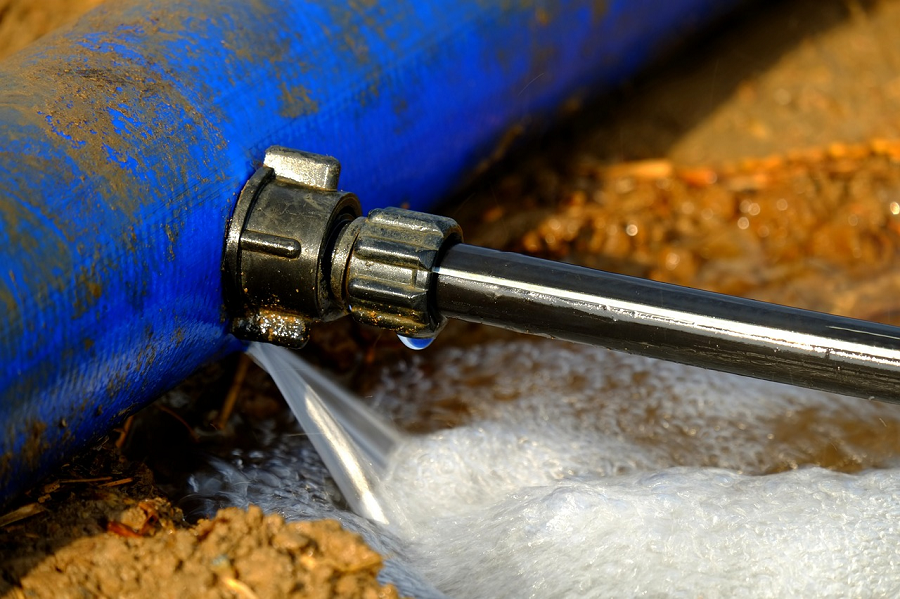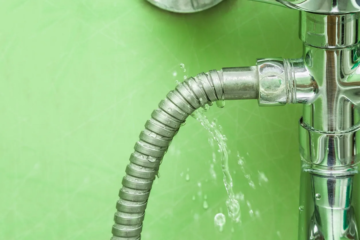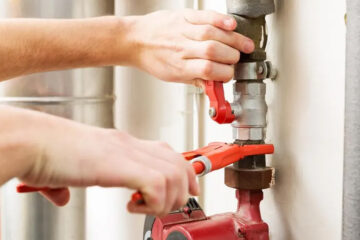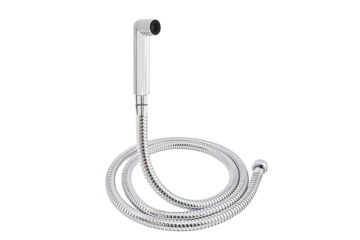Shower Plumbing 101

Showers were once less common than bathtubs, but now almost every home has a showerhead, and more people are using the shower than soaking. But have you ever wondered how something as simple as a shower truly works behind the scenes or how complicated the plumbing could be? If a shower plumbing problem happens, will you know what to do?
Whether you are into DIY or just want to prepare yourself for basic shower plumbing fixes, this article is for you. Grab your notebook—it’s time for Shower Plumbing 101.
How Shower Plumbing Works
The shower is relatively simple to understand. When you turn the shower on, the water in your private supply line will be pumped through the pipes towards the water heater—if you turned on the hot water knob. Then, the hot water is shuttled up towards the shower. Coldwater will be diverted away from the hot water heater and straight to the shower instead. Once the heated (or cold) water reaches the shower, it runs through the line to the showerhead, where it then creates rain for you to bathe.
If the shower is connected to another faucet or even a bathtub, a diverter will need to be installed. This helps water go to the correct pipes and fixtures.
Common Shower Plumbing Pieces
Here is an overview of common plumbing pieces you find in the shower:
Shower Head:
The visible piece that connects the water pipes to a hose that is usually made of plastic or steel. The showerhead can be customized or replaced when it breaks and come in various shapes and sizes.
Shower Valve:
The piece of plumbing that allows you to control the pressure and flow of the water coming from the showerhead. If you don’t have a separate shower but a combined shower and tub, the valve is often above the spout.
Hot and Cold Water:
This is where the water supply comes from. Some older homes have hot and cold water pipes made of galvanized steel, but newer models will have PVC piping or copper. Hot water comes through the hot water heater, while cold water comes straight from the water source.
Shower Cartridge:
The cartridge controls the volume and temperature and also opens the cold and hot inlets. Every time you slide the valve, the cartridge opens to respond. For example, if you slide the valve towards the cold side, the hot water inlet closes.
Shower Pan:
Although basic, the shower pan is necessary. It is the floor that you stand on when you shower. Always check the pan for leaks and repair the grout when needed. If a leak is coming from the pan, you will most likely need to call a contractor or plumber for assistance.
Shower Strainer/Shower Drain:
The strainer covers the drain and stops waste from going into the pipes and clogging them. Most strainers are made of metal, but you can find all kinds of designs and finishes.
Common Problems Associated With Shower Plumbing
Shower plumber is prone to damages and other issues, just like the toilet and your kitchen sink. Here are some common problems you may encounter:
- Leaky shower head or shower faucets
- Water doesn’t flow through the showerhead
- Noisy shower
- Water temperature cannot be regulated (too hot or too cold)
- Low water pressure or flow
Wrapping It Up
Most of us shower daily, yet we rarely think about how showers truly work and what would happen if something were to go wrong. Although this has been a brief look at shower plumber, it should help you understand more, so you can figure out what is wrong with your plumbing if a problem occurs.
Some shower pieces are easy to repair, but others require a professional plumber. If you are having shower problems and cannot find the cause, give the Irish Plumber a call. We can repair leaks, install new showerheads, and so much more.




